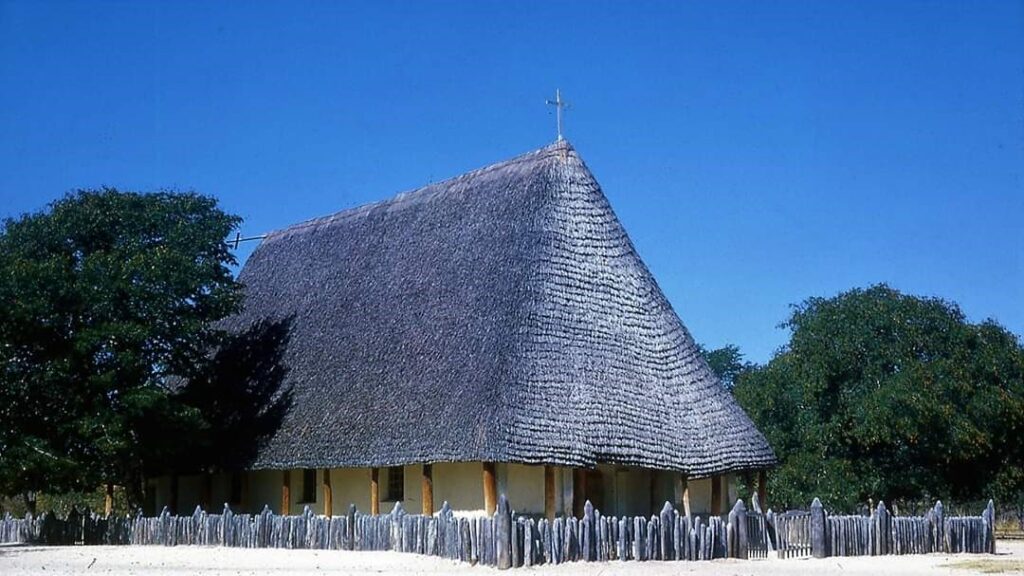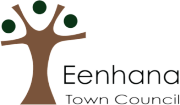Eenhana; the valley of Calves
The name “Eenhana” means “Calves” in the Oshikwanyama language which is an indigenous language of many in the region. Legend has it that the name Eenhana originated from an event in which calves belonging to a livestock herder named Hakambaba lost his calves that were either by wild animals or succumbed to a disease in the area as a result hunters and travelers used to refer to the place as the “Valley of Calves of Hakambaba” hence the area used to be called Eenhana da Hakambaba (Hakambaba’s Calves).
Later on during the 1926, War Veteran, Chief and Reverend Paulus Hamutenya led a delegation of eleven (11) to from Edundja to Eenhana to establish a Missionary Center and the Church. The first delegation that travel to Eenhana were as follows:
-
Paulus Hamutenya (Head of Delegation)
-
Martin Hafeni Hamutenya (His year old son)
-
Selma Shihepo
-
Esther Ishinda
-
Kaarina Tuhadeleni
-
Paulina Nghipunya
-
Gabriel Kaute
-
David Shapwa
-
Jacob Nghihepa
-
Joseph Nadyomuku
-
Aron Hamutenya (His Uncle)
(First church in Eenhana below)

After Paulus Hamutenya established Eenhana as a village and a missionary center, many other people came to establish around Eenhana in the areas such as Ondaandaa, Ohaihana and many other villages that came afterwards. Reverend Pualus Hamutenya then later gave the duties of traditional chieftainship to his nephew Elia Weyulu to concentrate on his work as a Church leader. Rev. Paulus Hamutenya later died in 1932 in Eenhana.
ORIGIN OF EENHANA AS A TOWN
Eenhana was declared a settlement and an administrative center of the Ohangwena Region in 1992 and was later proclaimed as a Town on the 15th April 1999. After just three (3) years of its existence, Eenhana became Autonomous on the 01st July 2002. Other towns in Ohangwena Region are Helao Nafidi on the western side of Eenhana and Okongo on the eastern side.
Ohangwena Region is one of the fourteenth (14) regions in Namibia. With the population of 245 446 people, Ohangwena Region is the second highly populated region in Namibia following Khomas Region which houses the Capital City, Windhoek.
The Region forms a long, narrow stretch to the south of the Angolan border and Eenhana, the Regional Capital of the Region is situated at the center of the region, centrally located on the Cuvelai Basin which stretches from South Central Angola to the Etosha Pan. The area occupies a broad plane of low relief averaging ±1100m above sea level.
